Sanatan Dharma, often referred to as Hinduism, is one of the world’s oldest and most intricate belief systems. Rooted in ancient scriptures and philosophical teachings, Sanatan Dharma embodies a profound understanding of life, spirituality, and the universe. In this comprehensive guide, we delve deep into the essence of Sanatan Dharma, exploring its origins, core principles, practices, and relevance in the modern world.
Origins of Sanatan Dharma
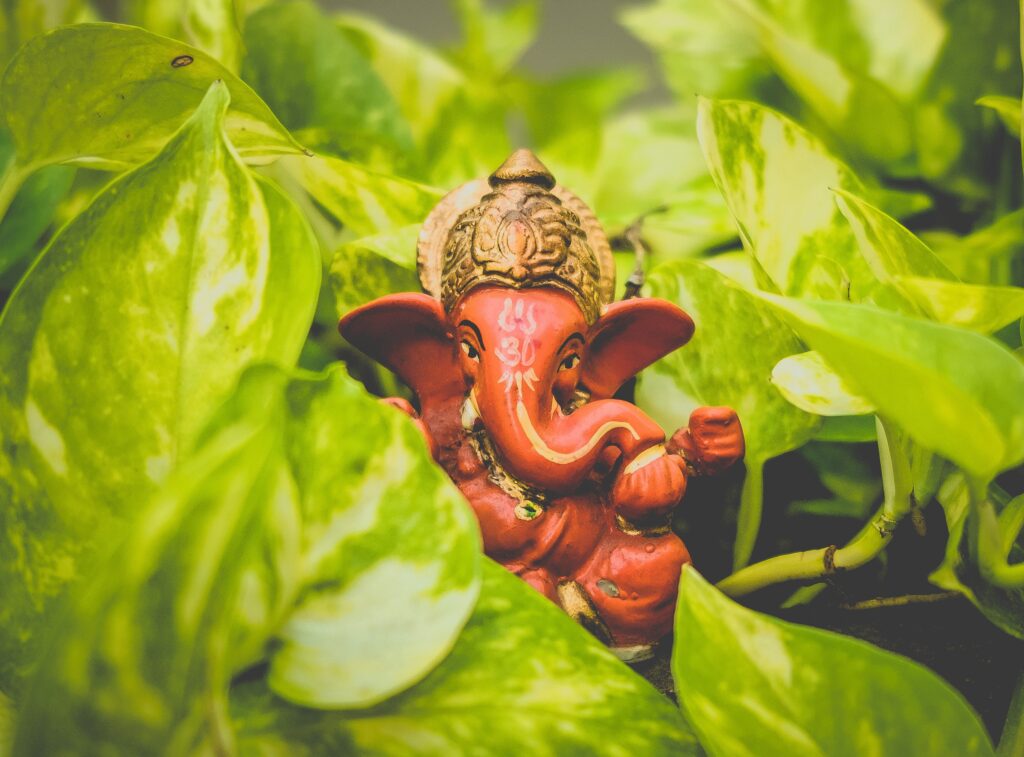
The origins of Sanatan Dharma can be traced back thousands of years to the Indian subcontinent. It is not just a religion but a way of life, encompassing a diverse range of beliefs, rituals, and traditions. The term “Sanatan” means eternal, emphasizing the timeless nature of this spiritual path. Rooted in the Vedas, the oldest sacred texts of Hinduism, Hinduism emphasizes the cyclical nature of existence, the law of karma, and the pursuit of spiritual liberation (moksha).
Core Principles and Beliefs
At the heart of Sanatan Dharma lies a set of core principles and beliefs that guide the lives of its followers. These include:

1. Dharma (Righteousness)
Dharma forms the foundation of Sanatan Dharma, representing the moral and ethical duties that individuals must adhere to in their lives. It encompasses righteousness, duty, and justice, guiding individuals towards living a virtuous and fulfilling life.
2. Karma (Law of Cause and Effect)
Karma is the universal law of cause and effect, dictating that every action has consequences. According to Hinduism, individuals are responsible for their actions and must face the outcomes, whether in this life or the next.
3. Samsara (Cycle of Rebirth)
Sanatan Dharma teaches the concept of samsara, the cycle of birth, death, and rebirth. Souls are believed to reincarnate multiple times, experiencing different life forms based on their past actions (karma), until they attain liberation (moksha).
4. Moksha (Spiritual Liberation)
Moksha is the ultimate goal of Sanatan Dharma, representing liberation from the cycle of rebirth and the attainment of union with the divine. It is achieved through spiritual realization, self-discovery, and transcendence of worldly attachments.
Practices and Rituals
Hinduism encompasses a diverse array of practices and rituals aimed at fostering spiritual growth and connection with the divine. These include:
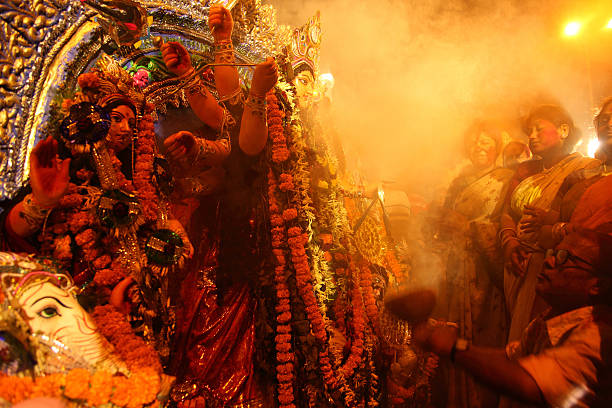
1. Yoga and Meditation
Yoga and meditation are integral practices in Sanatan Dharma, aimed at achieving mental clarity, physical well-being, and spiritual enlightenment. Through various yogic techniques and meditation practices, individuals seek to quiet the mind, awaken consciousness, and unite with the divine within.
2. Puja and Worship
Puja, or worship, plays a central role in Hinduism, with devotees offering prayers, rituals, and offerings to deities in temples and homes. Each deity represents different aspects of the divine, and worship is seen as a means of invoking their blessings and grace.
3. Festivals and Celebrations
Sanatan Dharma is rich in festivals and celebrations, marking significant events, seasons, and mythological stories. From Diwali, the festival of lights, to Holi, the festival of colors, these celebrations serve as occasions for joy, community bonding, and spiritual renewal.
4. Pilgrimage
Pilgrimage holds immense significance in Sanatan Dharma, with devotees undertaking journeys to sacred sites and temples across India and beyond. These pilgrimages offer opportunities for spiritual growth, purification, and divine communion.
Relevance in the Modern World
Despite being rooted in ancient traditions, Sanatan Dharma remains profoundly relevant in the modern world. Its teachings offer timeless wisdom and guidance for navigating life’s challenges, fostering inner peace, and cultivating a deeper connection with the self and the universe. In an age marked by rapid change and uncertainty, the eternal truths of Sanatan Dharma provide solace, strength, and meaning to millions around the globe.
Conclusion
In conclusion, Sanatan Dharma stands as a beacon of spiritual light and wisdom, illuminating the path towards self-realization, harmony, and liberation. Its ancient teachings continue to inspire and uplift humanity, transcending barriers of time, culture, and geography. As we embrace the essence of Sanatan Dharma, may we journey towards greater understanding, compassion, and enlightenment in our lives.
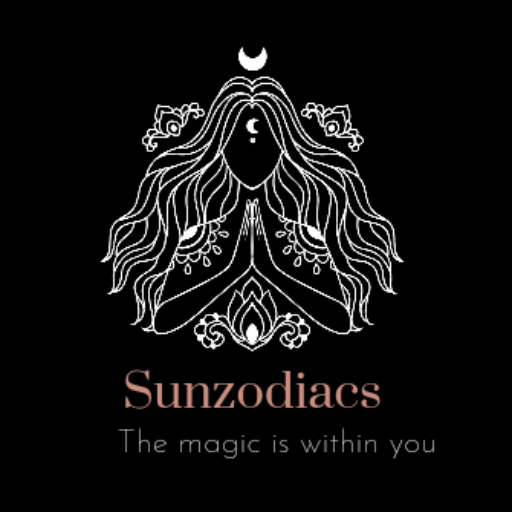

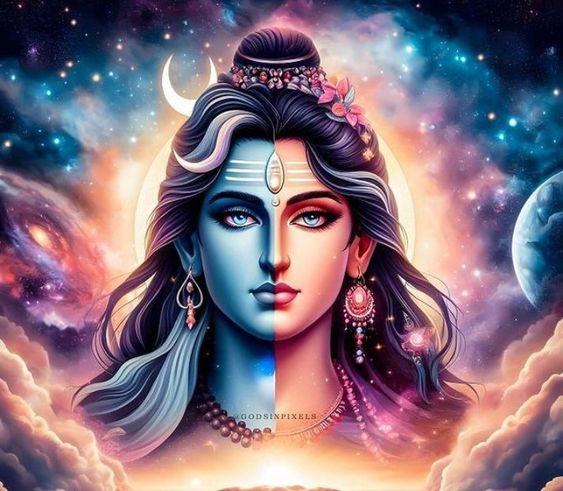
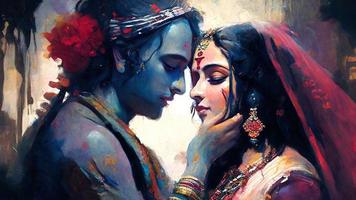
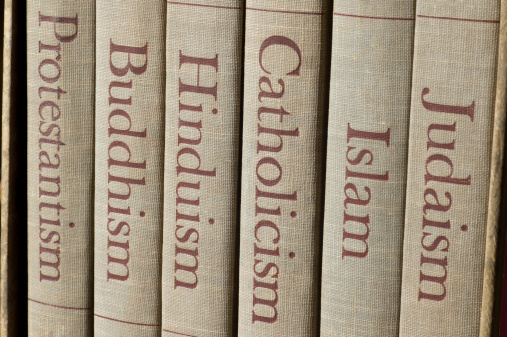
One Comment